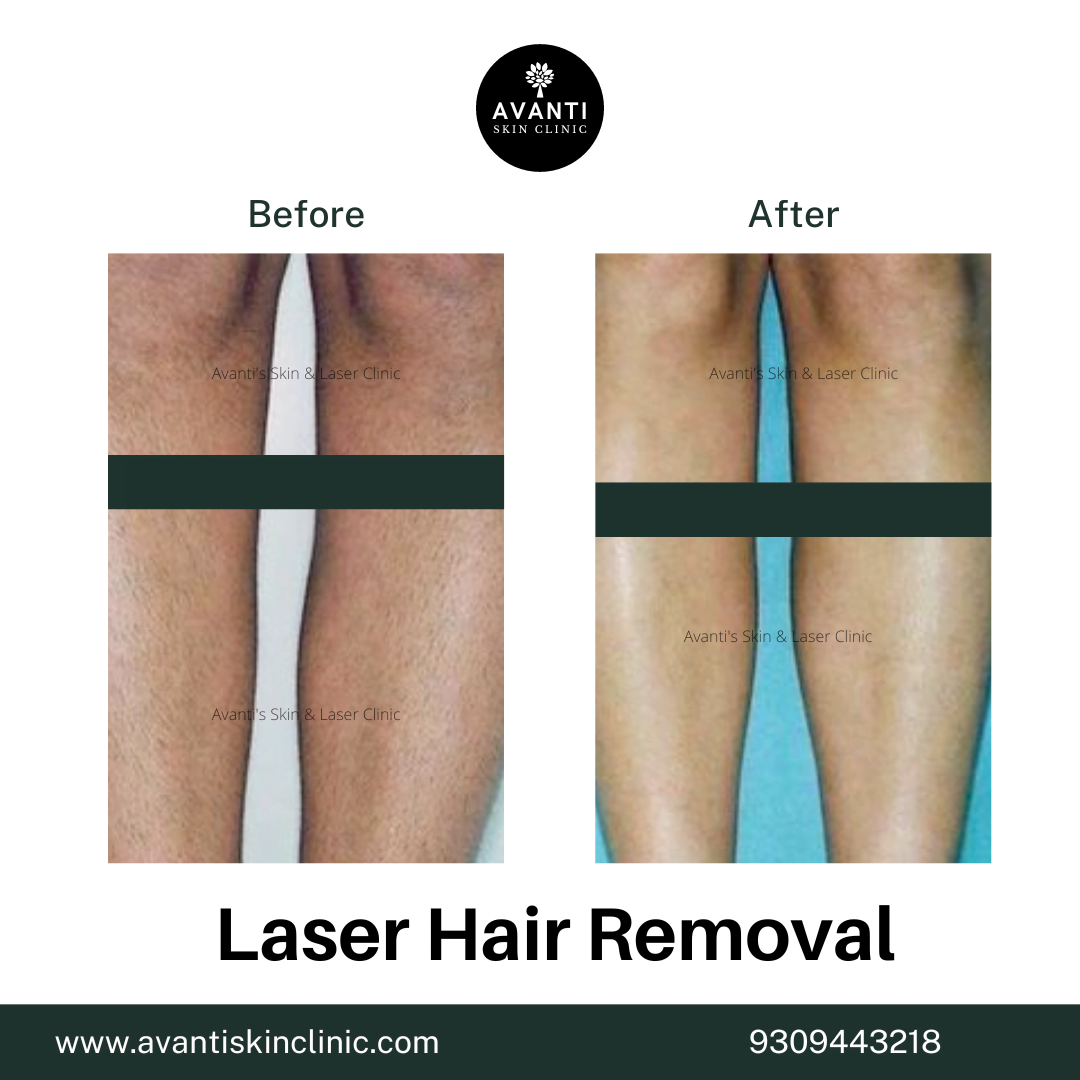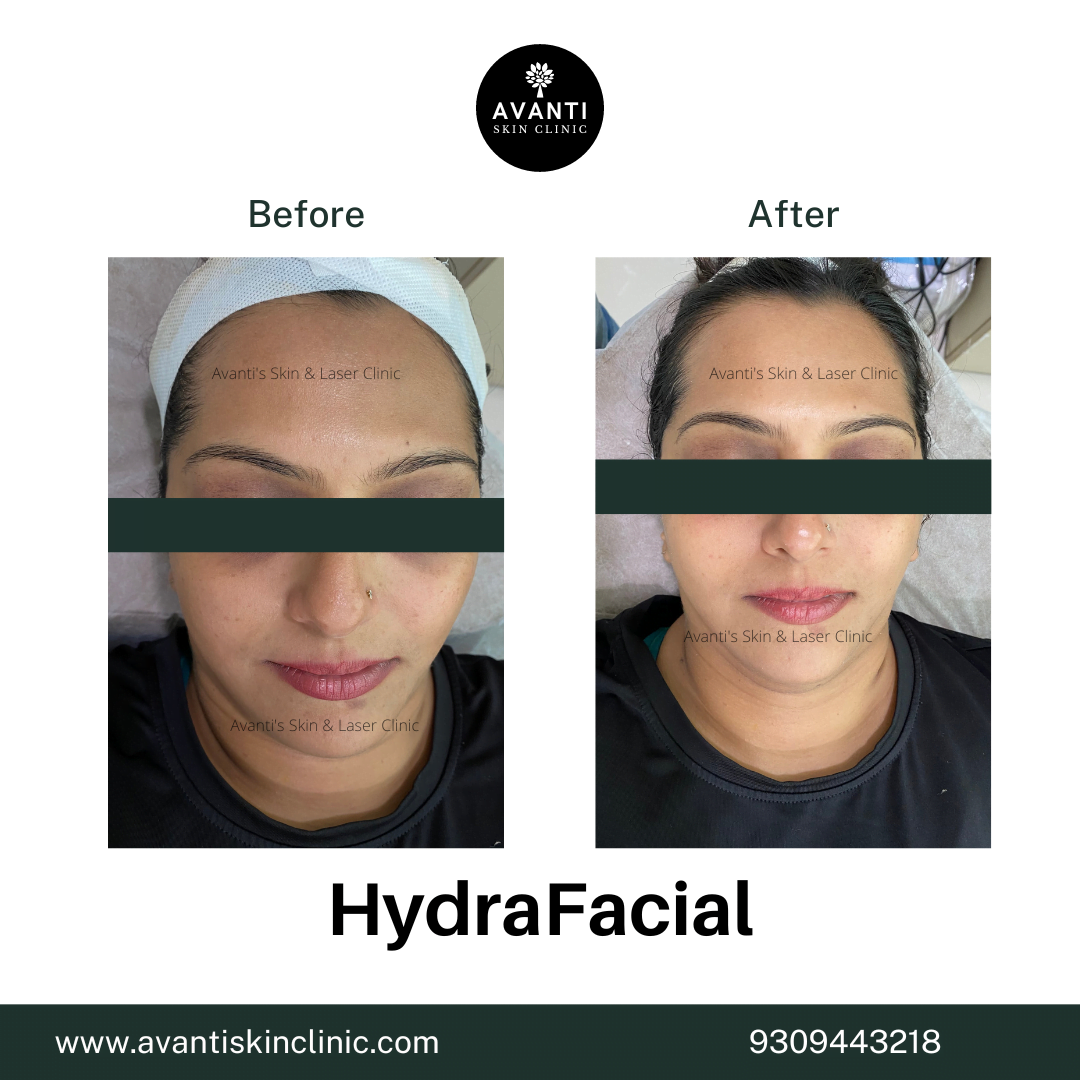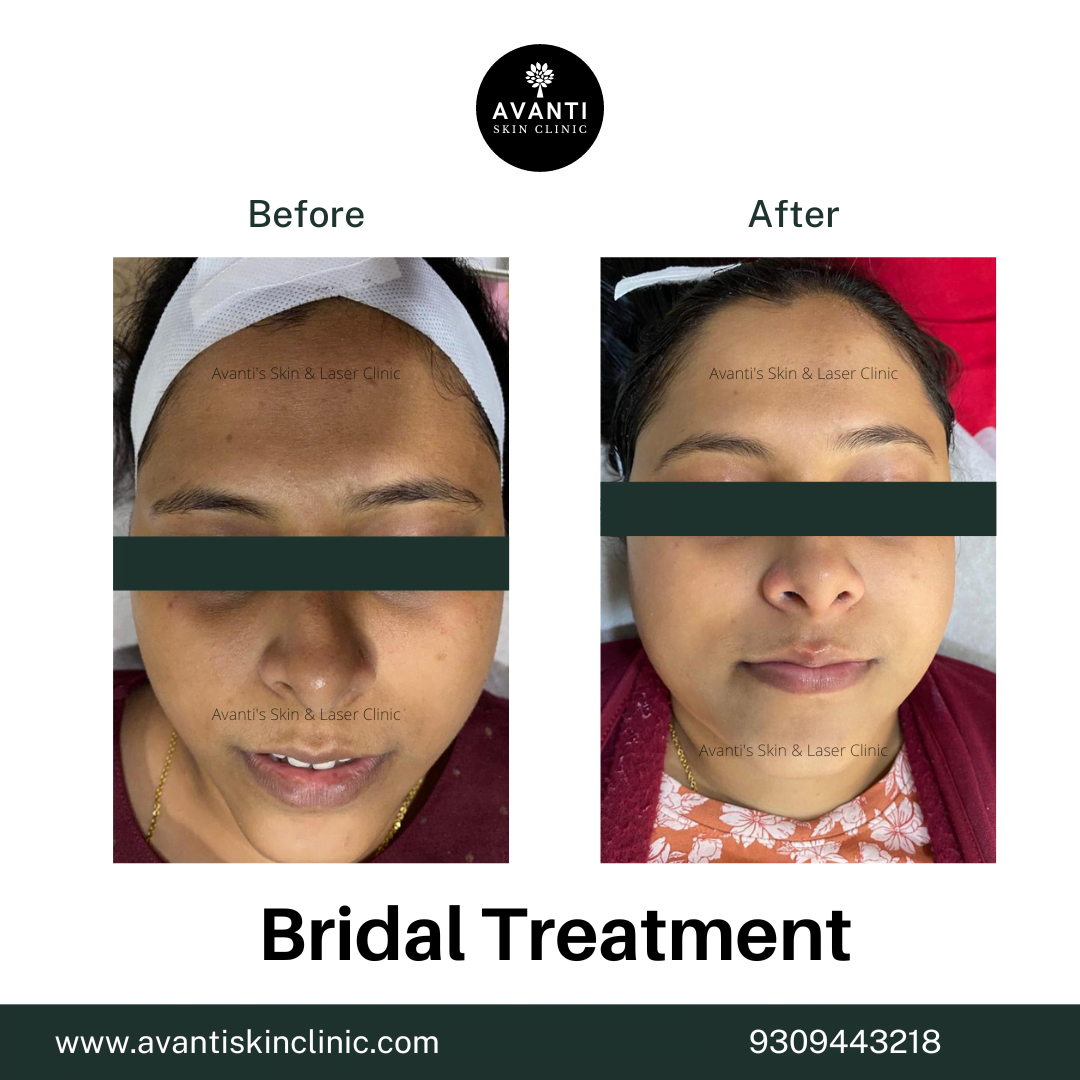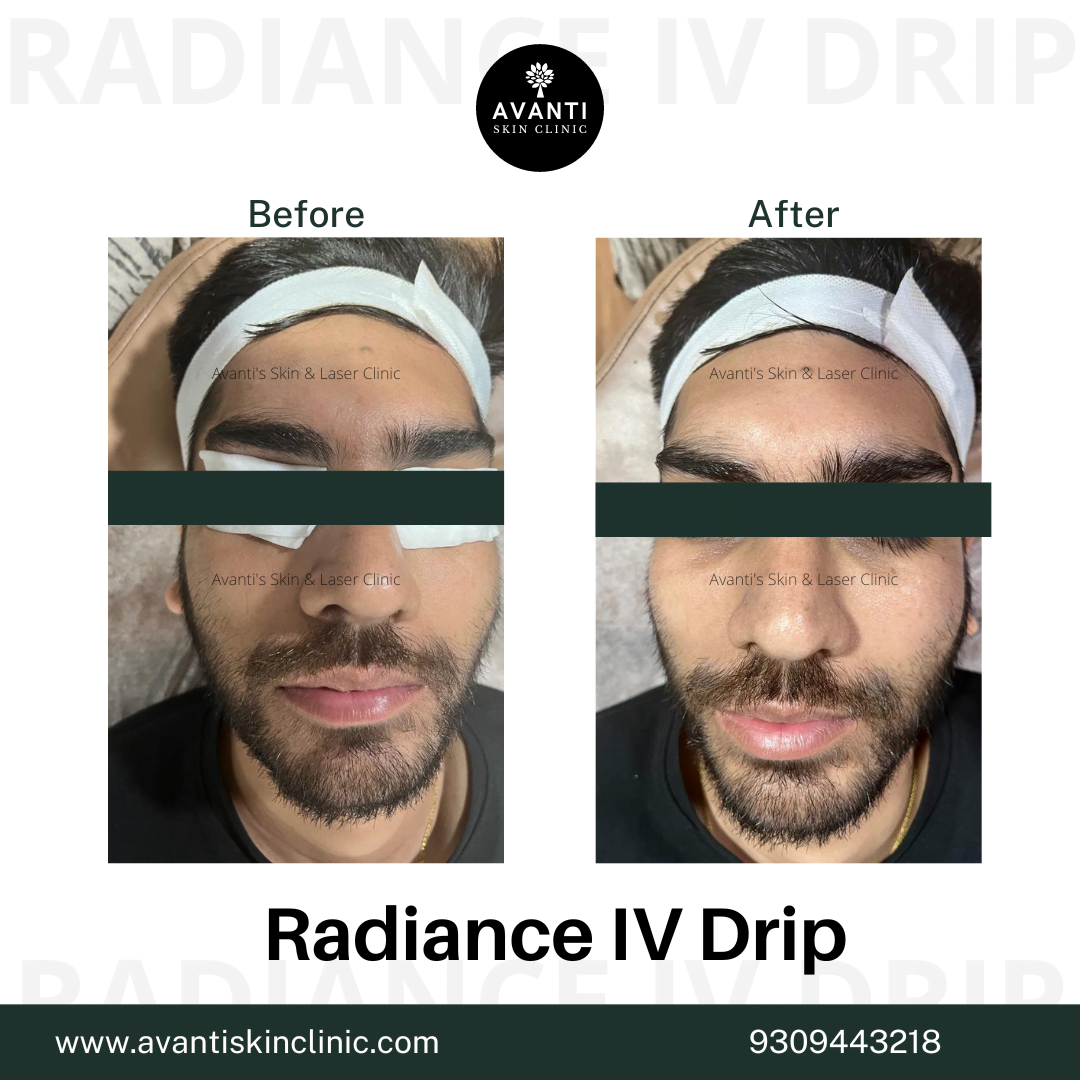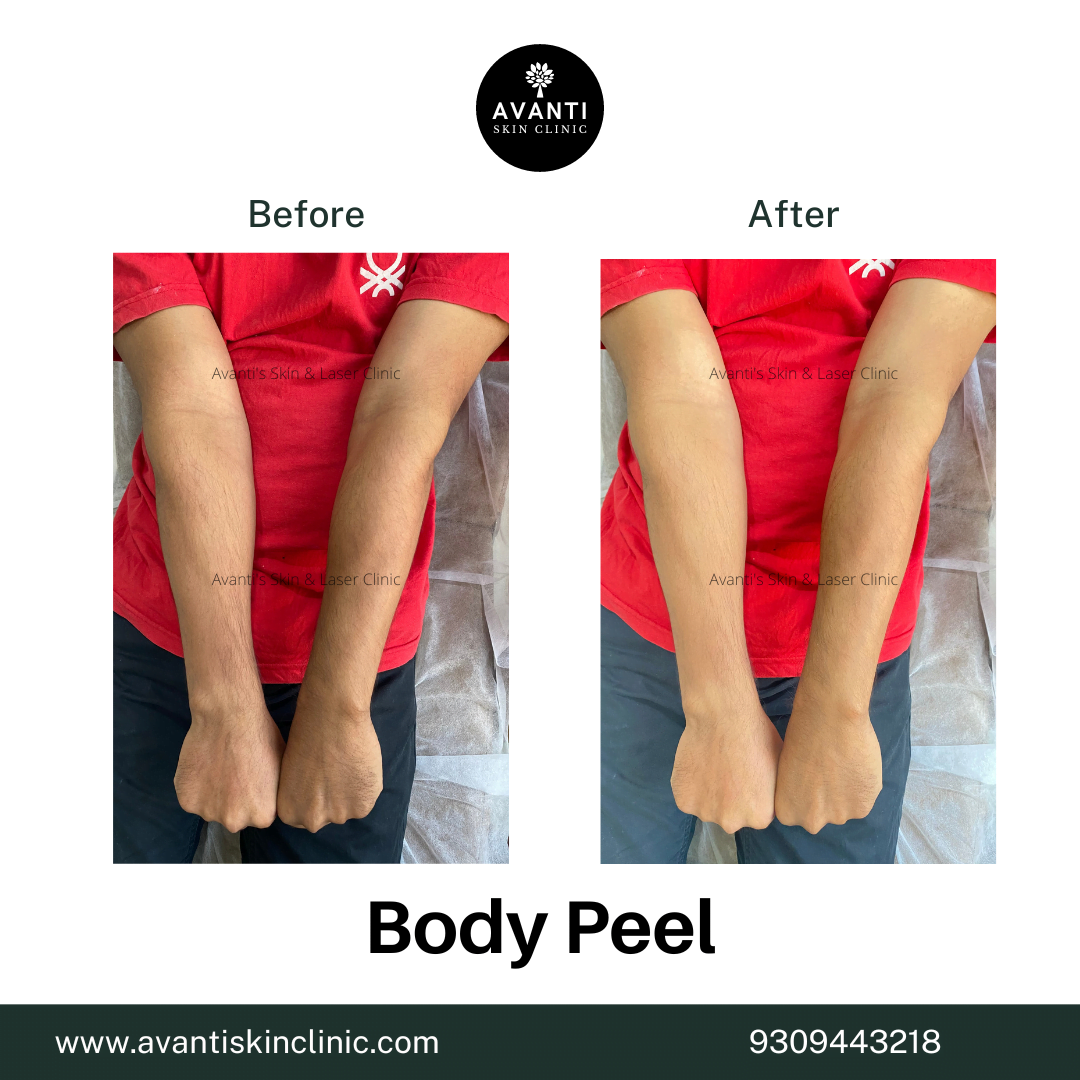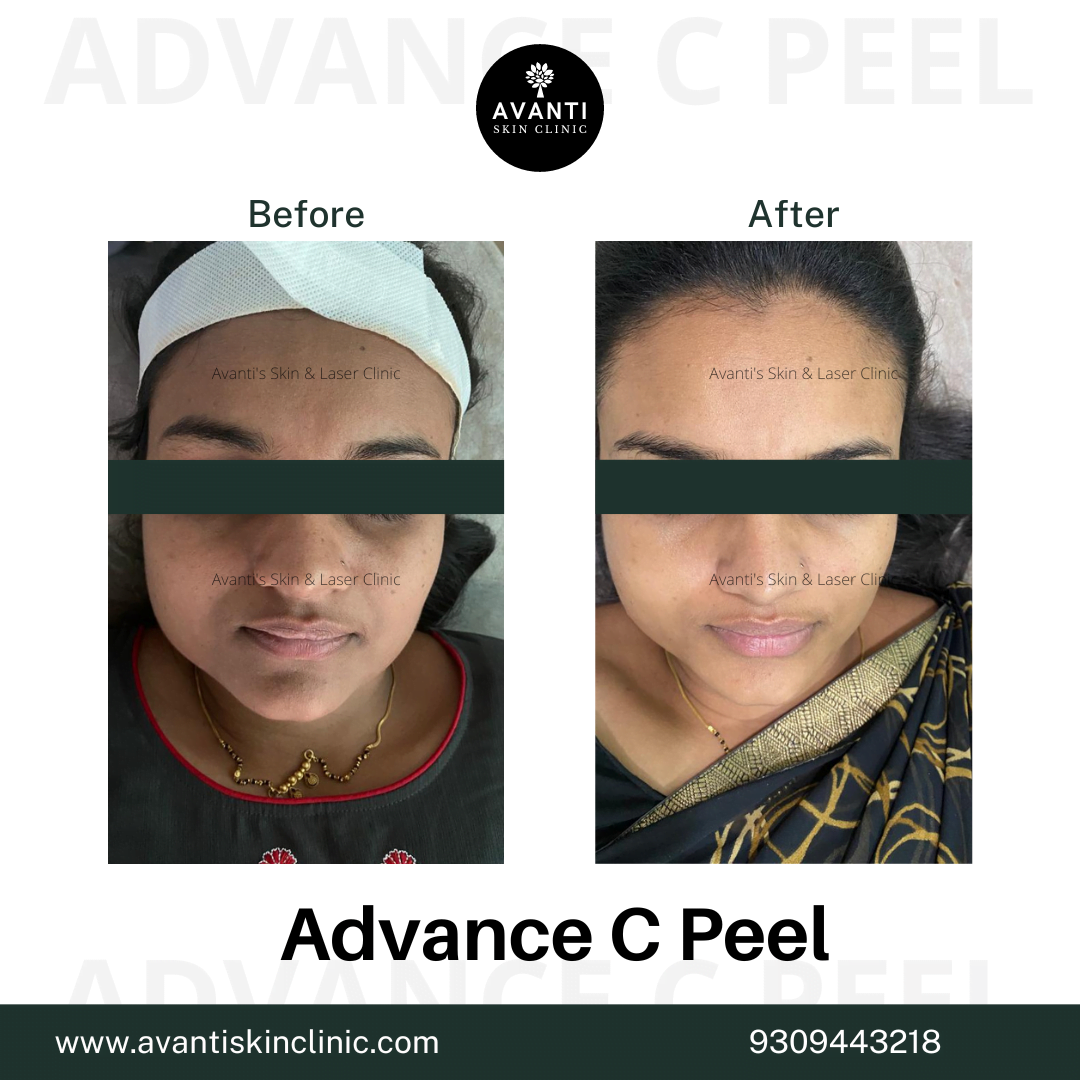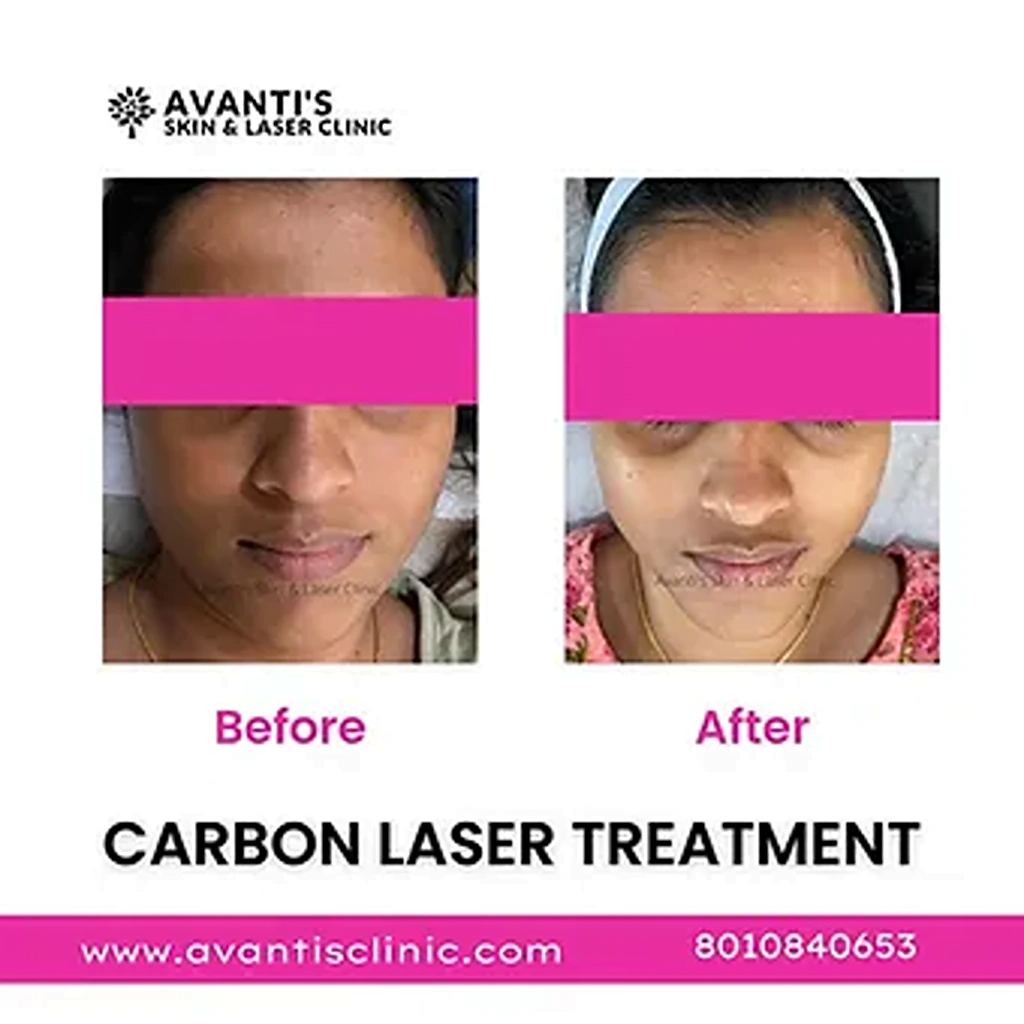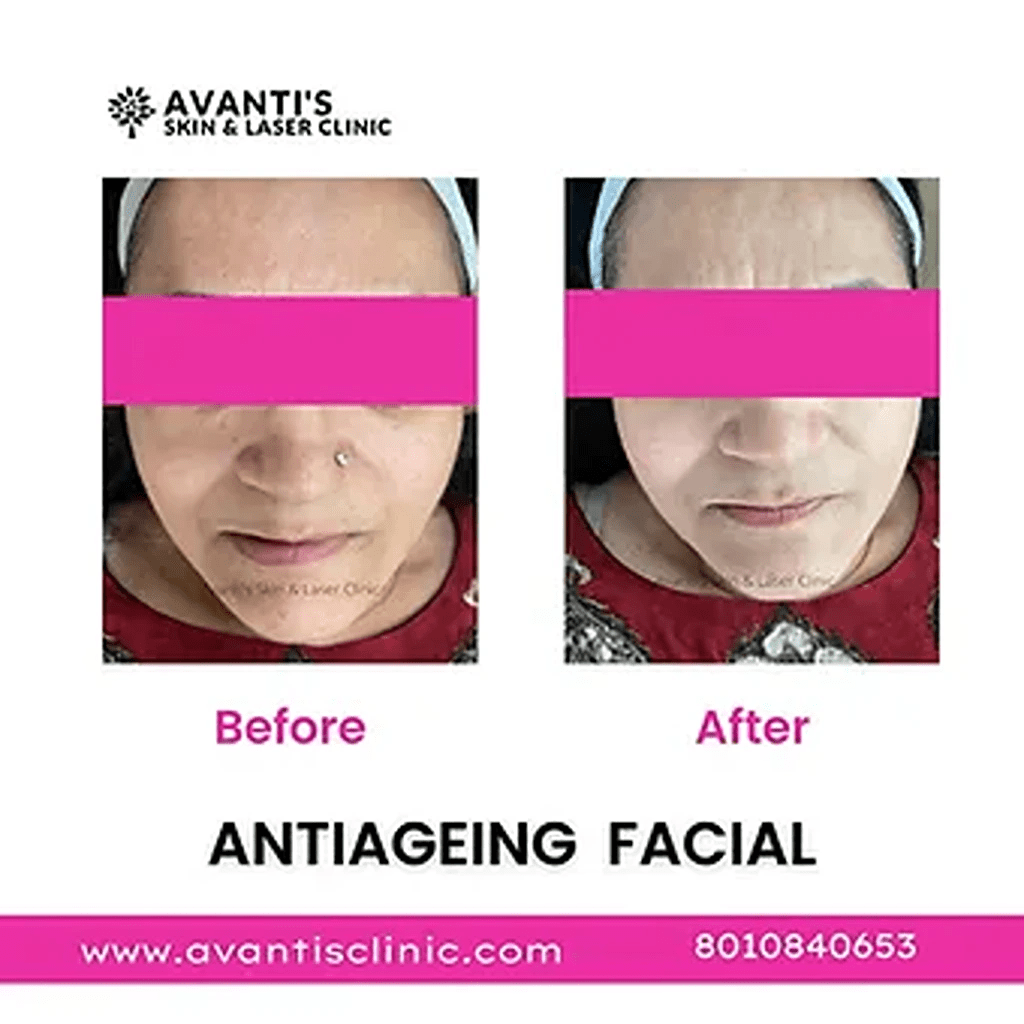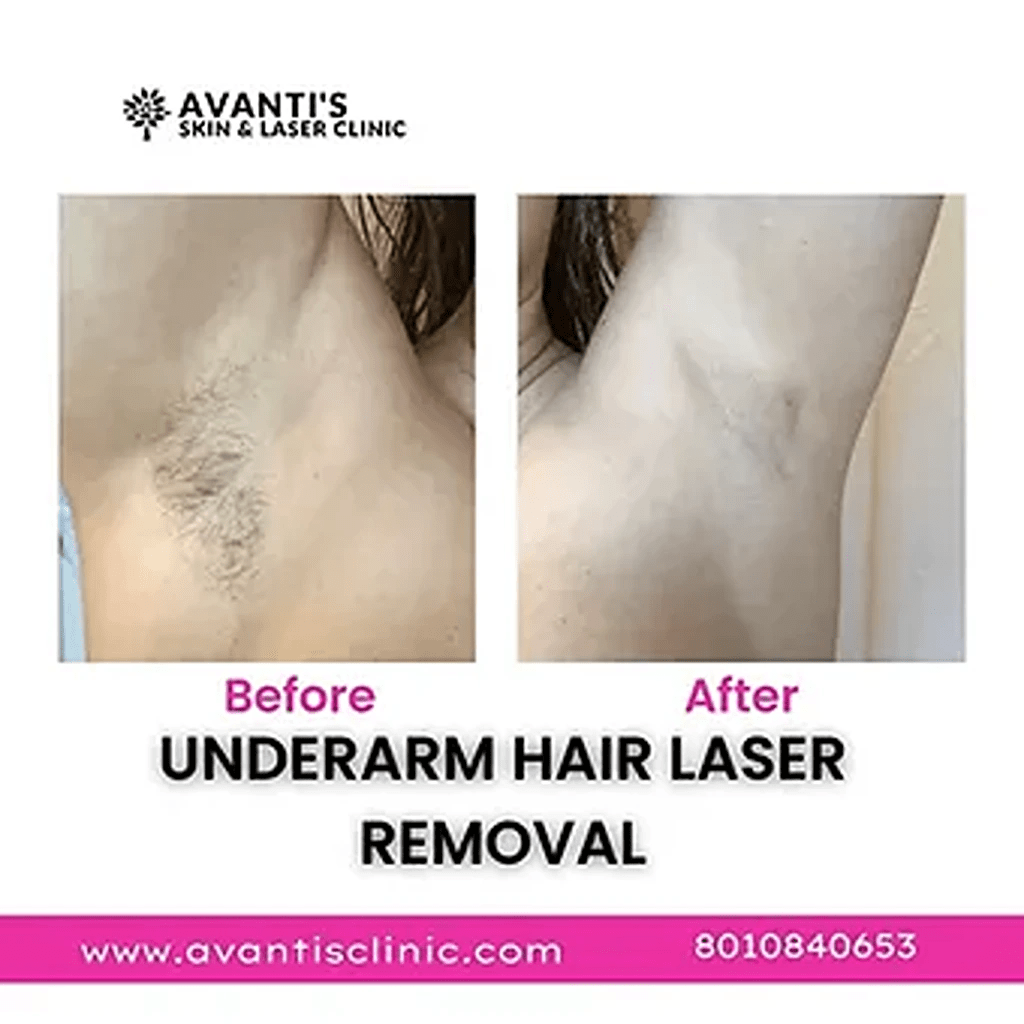How to Improve Skin Tone: Effective Tips to Brighten Your Complexion Naturally
A clear, radiant complexion is often seen as a sign of good health, confidence, and self-care. Whether you’re aiming to reduce dullness, even out pigmentation, or simply refresh your skin’s natural glow, improving your skin tone is entirely achievable with consistent care and mindful choices. In this guide, we’ll explore practical and natural tips to improve skin tone, enhance facial colour, and promote a luminous complexion.
Understanding Skin Tone and Complexion
Skin tone refers to the natural colour of your skin, largely determined by genetics and melanin levels. Complexion, on the other hand, includes the texture, clarity, and vibrancy of your skin, influenced by lifestyle, skincare routines, environment, and diet. Uneven skin tone, dark patches, or dullness can arise due to sun exposure, hormonal changes, stress, pollution, or neglect.
Lifestyle changes-Tips to improve face colour
Modifications to your lifestyle to balance your complexion. There are some behavioural adjustments you may make to enhance your skin’s appearance.
Drink plenty of water
Maintaining proper hydration will benefit both your body and your skin.
Your body becomes hydrated from the inside out when you drink water.
Use a Moisturizer
Using a moisturiser helps calm skin and alleviate redness and dryness. To avoid blocked pores and skin irritation, use noncomedogenic moisturisers.
Remember to moisturise your entire body, not just your face. Age spots can be avoided over time by using a broad-spectrum moisturiser on your hands that shields them from UVA and UVB rays (Trusted Source).
Apply sunscreen
To protect your skin from UV damage, apply sunscreen daily. This will not only stop sunburns from becoming red and peeling right away, but it will also stop age spots from appearing.
Even in the winter, wear sunscreen every day and reapply it whenever you’re in the sun.
Steer clear of specific foods and beverages
Uneven, flushed complexions can be caused by certain foods. Certain foods, such as sugary snacks, may even hasten the onset of wrinkles and age spots.
Steer clear of them to maintain the desired even skin tone.
Avoid these foods:
Alcohol can widen blood vessels, resulting in a flushed face; spicy foods can intensify redness; and meals that have a lot of refined sugar. Dairy products that can cause acne and other skin irritations, processed or fatty foods like chips
Cleansing and Exfoliation: Skin complexion improvement tips
Cleansing removes dirt, oil, and impurities, while exfoliation clears dead skin cells that dull the complexion and clog pores.
Tips:
- Cleanse your face twice a day using a gentle, sulphate-free cleanser.
- Exfoliate 2–3 times a week with a mild scrub or an AHA/BHA product.
- Avoid over-exfoliating, which can damage the skin barrier.
- Incorporate double-cleansing if you wear makeup or SPF.
Incorporate Brightening Ingredients for tips to improve skin tone
Certain skincare ingredients are renowned for improving skin tone and reducing pigmentation.
Look for products containing:
- Vitamin C – An antioxidant that brightens the skin and fades dark spots.
- Niacinamide – Helps improve uneven tone and strengthens the skin barrier.
- Liquorice Extract – Naturally reduces hyperpigmentation.
- Alpha Arbutin – Gently brightens and evens out skin tone.
- Retinol – Promotes cell turnover for a more radiant complexion (use at night only).
Note: Introduce new products gradually and always do a patch test.
Medical Options
Certain treatment alternatives can only be obtained with a prescription from your physician. Although they can be more costly, these can assist in treating recalcitrant issues that cannot be resolved with home remedies.
4% hydroquinone
A lotion called hydroquinone can be applied to the afflicted area twice a day or as prescribed by your doctor. It is typically used as a skin-lightening cream to help balance out the skin tone by whitening dark areas.
Contact dermatitis or skin irritation could result from using this lotion. Although the concentration is restricted, the Food and Drug Administration (FDA)Trusted Source has determined that it is safe for use.
Discuss alternative treatment options with your skin care specialist if you’re dealing with pain, redness, or persistent dryness.
Laser therapy
With the capacity to lighten sun spots, wrinkles, and scars, laser treatments are being used to help improve skin tones. For instance, scars can be flattened and their redness decreased with yellow lasers.
Laser treatments can occasionally result in hyperpigmentation, or a change in the colour of the skin. As such, you might want to start with alternative forms of treatment.
When contemplating laser therapy, exercise caution when selecting a medical practitioner and make sure they have experience treating pigmentation.
Peels with clinical strength
There are three levels of clinical-strength peels: Light, medium, and deep. They function by utilising a chemical solution to penetrate your skin, which causes it to peel and exfoliate, exposing fresher skin.
Light peels can be completed fast and employ softer acids, such as salicylic acids. Deep peels need sedation since they employ phenol, a potent chemical, while medium peels could need sedatives or painkillers.
Deep peels may cause redness for several months, but healing time can be as long as two weeks. The recovery period for a mild peel is only a few days.
Expert microdermabrasion
Numerous skin disorders can be treated using microdermabrasion, such as discolouration, sun damage, and minor scarring.
In order to give your skin a more youthful appearance, it helps to increase the collagen in your skin while removing the thicker, damaged outer layer.
The downtime for microdermabrasion is nearly nonexistent. After the procedure, you can have some redness, dryness, or peeling for a few days.
Consult a Dermatologist When Needed
If you’re experiencing persistent pigmentation, melasma, acne scars, or uneven skin tone despite consistent efforts, a dermatologist can provide professional treatment.
Options may include:
- Chemical peels
- Laser therapy
- Microdermabrasion
- Prescription-strength skincare
Always choose a certified professional and discuss any side effects beforehand.
Final Thoughts
Improving skin tone isn’t about striving for perfection or altering your natural complexion. It’s about nurturing your skin so it reflects your overall health and vitality. By maintaining a consistent skincare routine, eating well, staying hydrated, and protecting yourself from environmental damage, you can naturally enhance your skin’s clarity, brightness, and resilience.
Remember, real change doesn’t happen overnight. Be patient, be kind to your skin, and let your natural glow shine through.
Frequently Asked Questions
Cleanse twice daily, wear sunscreen religiously, exfoliate 1–2 times a week, and use light moisturizers. In summer, hydration and sun protection are crucial steps to get clear glowing skin.

